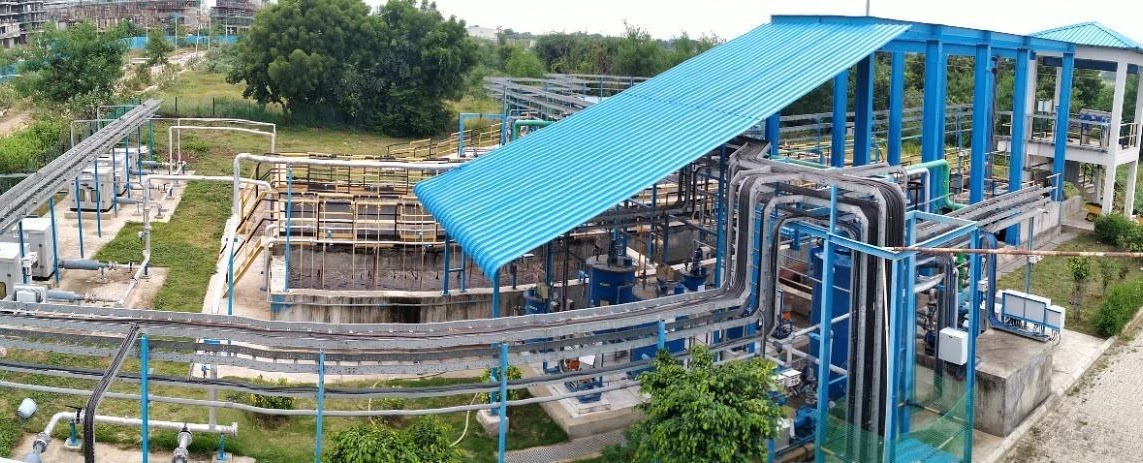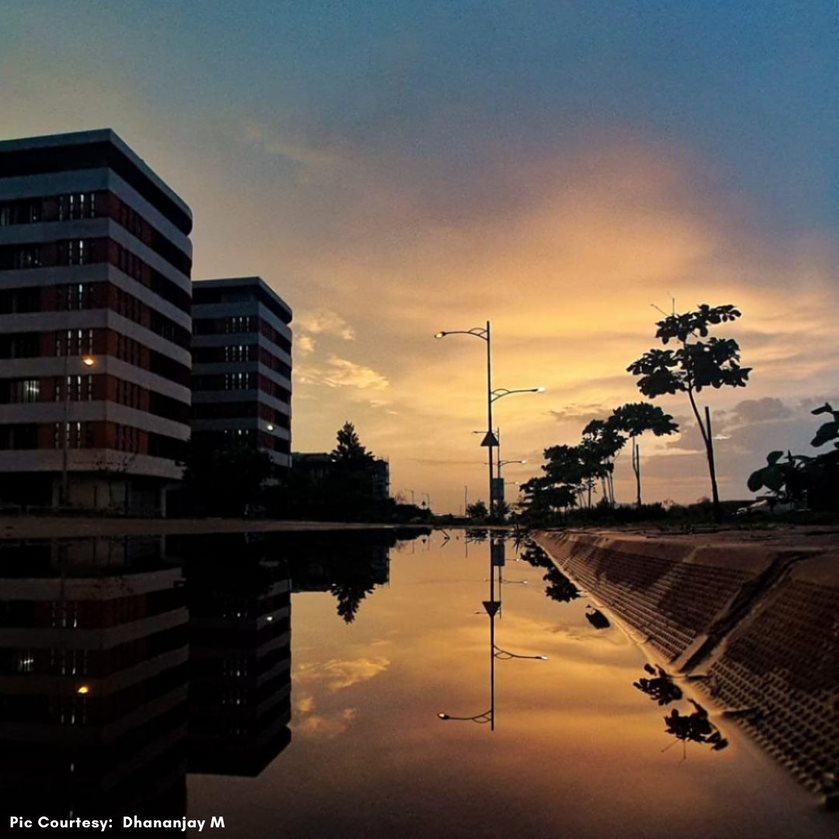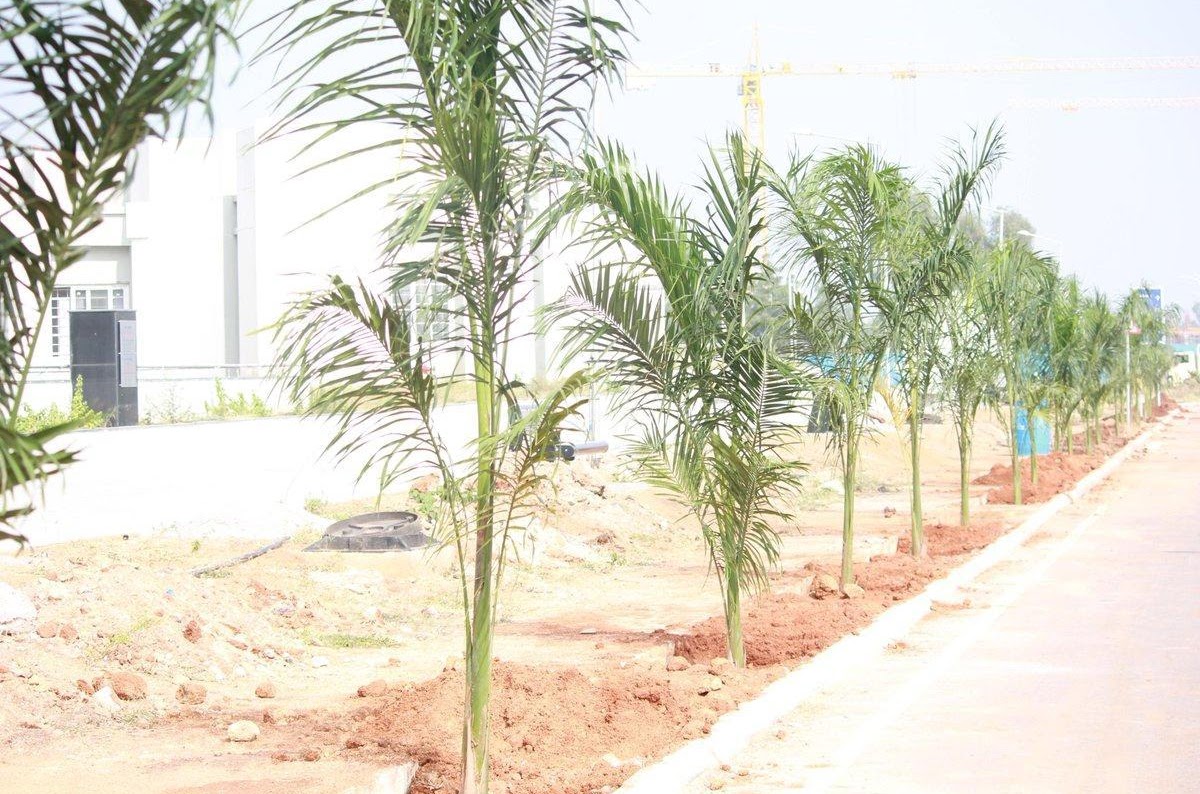
The Green Initiative
IIT Hyderabad has set up comprehensive wastewater and solid waste management system on its campus. From banning the usage of paper cups, replacing packed water with UV water dispensers, setting up of waste segregation and recovery facilities, bio-digester, and sewage treatment plants to growing more than 15000 trees in last 2 years. IIT Hyderabad has considerably reduced its carbon footprint and is making every effort to turn its campus into a green and sustainable habitat. Hostels have radiant cooling systems. Even the water taps in the residential areas have been attached with water-saving adapters which have significantly reduced the water bill.
- The campus has a considerably large solar farm of 0.95MWp capacity.
- All the buildings are designed to meet GRIHA green buildings rating 4 and are energy efficient by using performance double glazed units for the windows and façade, use of occupancy sensors to save energy, ensuring sufficient day light in all the rooms.
- IIT Hyderabad also developed a few recharge wells across the campus.These measures are aimed at conserving the rainwater as well as the groundwater.
The masterplan of the campus has been developed with an objective to create a ‘zero discharge campus’. Open earthen swales have been constructed to efficiently discharge the surface runoff while allowing percolation into the soil during the water transport. These swales would discharge the runoff to the lakes created at the lowest contoured pockets of the campus.

The Sewage Treatment Plant (STP)
Wastewater source
Treatment Process
Resource Recovery
Initiatives
The Sewage Treatment Plant (STP)

The present STP was established in July 2019. IIT Hyderabad has two sewage treatment plants in its Master Plan. Both the treatment plants have modular designs. Each plant has three modules. Each module has a capacity of treating 650 kilo liters of sewage per day. The civil work of both the STPs have been completed. However, the electromechanical works of only one module of the STPs has been completed and operationalized so far to cater to the present days’ demand. The expansion of the STPs will be achieved through the phase-wise completion and commissioning of the successive modules upon occupancy of the buildings. Scheduling of such expansions will be based on the growth of the campus. At present, IIT Hyderabad has close to 3500 students and about 241 faculty members. Many faculty and staff members reside on campus with their families.

Initiatives
Wastewater Source

- HOSTEL
- Academic and Administrative Buildings
- Residential Towers
- Dining Hall
Initiatives
Treatment process

Initiatives
Resource Recovery


Contact
Contact Office of Sustainability.
Location:
Indian Institute of Technology Hyderabad, Kandi, Sangareddy, Telangana-502284.
Email:
nodal.qs@iith.ac.in
